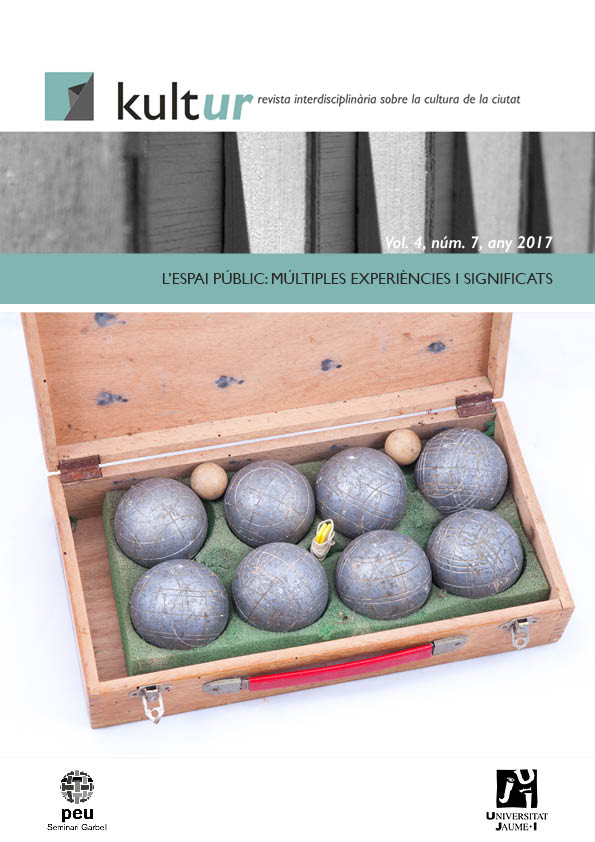Metodología para evaluar la vitalidad de un barrio; La enseñanza de estrategias locales
Main Article Content
Abstract
Methodology to Evaluate a Neighborhood’s Vitality;Local Education Strategies
This paper presents a methodology to assess the level of vitality among neighbors in the everyday public spaces in their neighborhood and approaches the challenging task of measuring a non-tangible phenomenon: vitality. The research is part of a doctoral thesis that includes a review of the literature on social behavior in the built environment. This review led to a concept of living public spaces and to a series of factors to evaluate vitality, grouped according to four dimensions: social, physical, economic and legal. The paper explains the main research concepts, the case study of Colonia Virgen de la Esperanza in the Madrid district of Hortaleza, and a proposed methodology to assess the level of vitality in a neighborhood. The ultimate goal of the project is to work with neighborhood residents to provide them with the tools with which they can evaluate their own public spaces and find out what aspects they should reinforce, improve or change. The proposed methodology is therefore aimed at the general, non-specialized public, and the results and reflections emerged from the process of learning strategies at the local and neighborhood level.
Downloads
Article Details
All the contents of kult-ur journal are distributed under the Creative Commons Attribution-ShareAlike 4.0 International (CC BY-SA 4.0), unless otherwise indicated. Click to see basic information and the legal text of the license. The indication of this license CC BY-SA 4.0 must be expressly stated in this way when necessary.



.png)